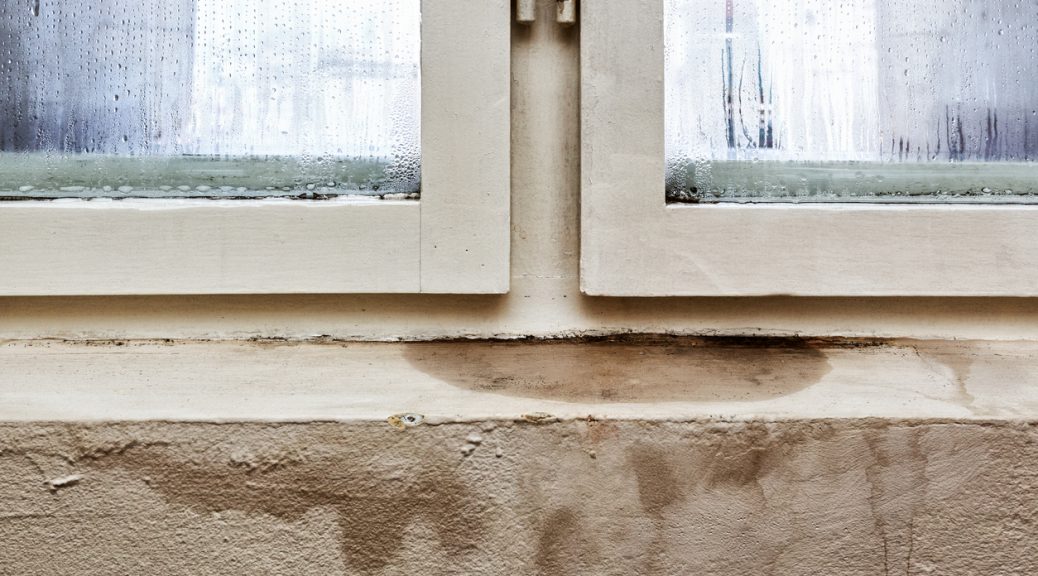Years have passed and it seems your basement is in need of a little TLC. Or, you may have witnessed last spring’s catastrophic floods, which are expected to happen over and over again, so maybe you want to keep your basement dry next year? If so, follow this guide.
While you are at it, why not check the radon level in your home. Is this cancer-causing gas seeping into your basement? The detection device is sold in large shopping centres and hardware stores. If you do not believe this gas is present in your home because you have not smelled it, think again. Radon is odourless and colourless. If the level is high, the Écohabitation organization has designed a system, supported by drawings, to evacuate the gas.
On the Écohabitation website, you will find the basic steps to waterproof your basement in a sustainable manner. Here is a quick summary.
- You should drain the water around the basement and check the condition of the water pipes.
- You should cover the whole exterior of the foundation and footing with an impermeable material, either a membrane or liquid rubber.
- Waterproofing the concrete slab is essential. You should apply a membrane to keep the soil moisture from seeping in. If not, installing a waterproof material over an insulation board before pouring the concrete slab base is even more effective.
- You can find additional information on the Écohabitation website about extensive renovations.
In general, you should always examine the condition of the foundation and of the concrete slab before undertaking major work in the basement. Can you see traces of mold and mildew? Any cracks? Does condensation build up on the inside of your windows? If so, you should fix these problems right away. Otherwise, sooner or later, you will have to undo the work you have just done to fix the condensation problems and water leaks.

To ensure your peace of mind, there is a classic way to check if the humidity level in your basement is acceptable. Stick a piece of aluminum foil or plastic wrap on the ground and wall. If you see droplets of water on the surface of the foil, you have a moisture condensation problem. If the droplets are under the surface of the paper, there is a water leak somewhere.
Let us proceed. What is the current condition of the raised floors and the ceiling joists? How about the gypsum? If you have the smallest doubt, take the proper corrective measures.
If you are elbow-deep in renovations, consider soundproofing the cavity between the main floor and the basement ceiling.
Remember that the basement is accountable for 20% of your home’s overall heat losses. Air tightness then becomes essential.
If there is already a bathroom or powder room on the bottom floor, think about installing an exhaust fan. You should also install an air exchanger inside the home.
If you are planning to install a bathroom in the basement, aim to locate it close to the existing drain and water pipes.
Keep in mind that the first step of the staircase leading to the basement on the ground floor should be as high as the other steps. The risers should all have the same length, width and height as well. You should consider this when remodelling the floor.

Always consult the municipal by-laws and the Québec Building Code before undertaking major renovation projects.
Images: iStock.com

